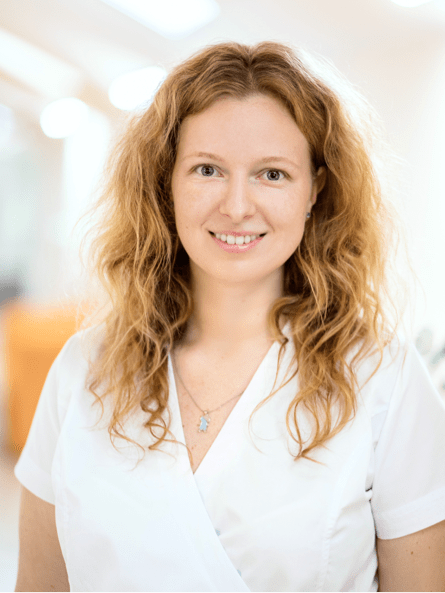Indications and contraindications for the treatment of empty nose syndrome.
If earlier it was believed that the nasal septum should be thin and even and the fewer structures the nose contains, the more air enters, but now it has been proven that you cannot remove all the structures of the nasal cavity, because they are designed to allow purified and moistened air to enter further into the respiratory tract. Without it, patients suffer: it hurts to breathe, their nostrils are dry, there is an impression that there is no mucus at all, or they feel constant heartburn. It is not only a physical, but also a psychological problem that torments the patient for years, and it is even worse that currently we do not have a solution to get rid of atrophic rhinitis once and for all.
All these complaints are an indication to consult an otolaryngologist. During the endoscopic examination, the doctor is convinced that the patient lacks the structures of the nasal cavity: the lower turbinates are completely absent, the middle ones try to compensate for the functions of the lower turbinates by increasing in order to insulate and moisten the air. Although the patient’s nose is no different from any other on the outside, it does not look healthy on the inside.
As for contraindications, since atrophic rhinitis is the result of a failed operation, the patient who comes to the doctor, as a rule, has already made sure that he does not have hepatitis B and C, HIV or blood clotting disorders. Oncology is also not a contraindication to the treatment of empty nose syndrome, because stem cells are not used in this case.
The result of the treatment of empty nose syndrome
The result of the treatment of atrophic rhinitis is the improvement of the patient’s condition. Despite the fact that it is impossible to completely get rid of the disease, all our patients note relief of pain in the nose when inhaling, reduction of dryness of the nasal mucosa, disappearance of crusts, appearance of a feeling that the mucous membrane has begun to moisten.
Rehabilitation after treatment of empty nose syndrome
Since the treatment of empty nose syndrome does not involve surgery, but only the use of nasal drops and sprays (moisturizing or with AMK), no rehabilitation is required for patients.
However, the dissertation of our otolaryngologist, ENT surgeon Oleksandra Tsepkolenko is devoted to the use of automesoconcentrate of platelets in the postoperative period after septoplasty or conchotomy (as a result of which a complication in the form of atrophic rhinitis may occur). In patients who received drops with AMC, after removal of splints, the mucous membrane recovered 10 days faster than in those who used a standard ointment with vitamins A and E. Therefore, cell therapy is a promising direction in ENT surgery as well.
What will happen if the empty nose syndrome is not treated
If the empty nose syndrome is not treated, the patient’s condition will deteriorate so that he may soon need psychiatric help. He will suffer from pain in the nasal cavity, face, trigeminal nerve, etc., he will not be able to leave the house when the temperature is below zero because of severe pain when breathing, and if he has allergies, he will not feel any improvement even in the summer. Therefore, therapy should be renewed every six months.



















 118
118  5 min.
5 min.








